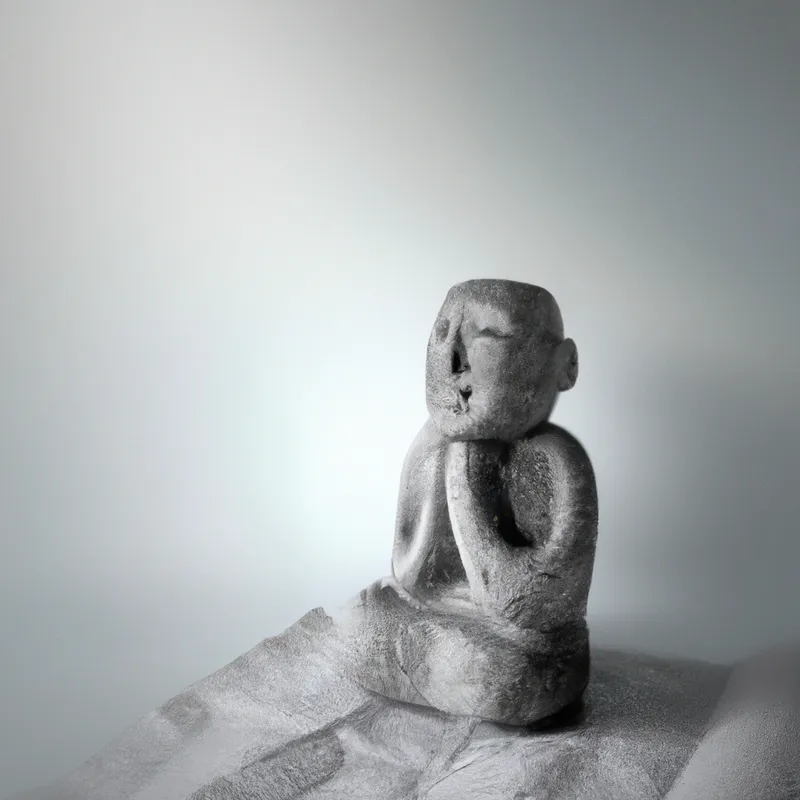Create Space for Growth with Meditation
Meditation for Emotional Resilience: Strategies for Navigating Stress and Anxiety
Life tests our emotional strength. Stress and anxiety can overwhelm us. Meditation offers powerful strategies to build emotional resilience. Incorporate meditation into your daily routine to navigate challenges better. This blog post explores effective meditation strategies for managing stress and anxiety.
Understanding Emotional Resilience
Emotional resilience means adapting to stress and adversity. It helps you recover from setbacks and maintain positivity. Developing resilience enables you to handle difficult situations effectively. Resilience also fosters healthier relationships and enhances well-being. Meditation plays a crucial role in enhancing this resilience.
The Impact of Stress and Anxiety
Stress and anxiety manifest in various ways. You may experience physical symptoms like headaches or fatigue. Emotional symptoms include irritability and sadness. These feelings disrupt daily life, making management essential. Meditation promotes relaxation and mindfulness, helping you cope.
How Meditation Promotes Resilience
Meditation encourages self-awareness. It allows you to observe thoughts and feelings without judgment. This practice helps you understand emotional triggers. Additionally, meditation fosters calm and inner peace. Consequently, you can respond to stress more effectively.
Effective Meditation Strategies
Incorporating meditation into your daily routine significantly improves emotional resilience. Here are effective strategies to get you started.
1. Mindfulness Meditation
Mindfulness meditation focuses on the present moment. Find a quiet space and sit comfortably. Close your eyes and take deep breaths. Inhale through your nose and exhale through your mouth. Focus on your breath as it flows in and out. When thoughts arise, gently acknowledge them and return to your breath. Aim to practice this for 10-15 minutes daily.
2. Loving-Kindness Meditation
Loving-kindness meditation cultivates compassion for yourself and others. Sit comfortably and close your eyes. Take a few deep breaths. Silently repeat phrases like, “May I be happy. May I be healthy. May I be safe.” Focus on sending these wishes to yourself first. Gradually extend them to loved ones and others, even those you find challenging. This practice reduces anxiety and increases emotional connection.
3. Body Scan Meditation
Body scan meditation promotes relaxation by focusing on body parts. Lie down comfortably and close your eyes. Start at the top of your head and move down to your toes. Pay attention to any tension you hold. Breathe into those areas and consciously relax them. This practice helps you connect with your body and release stress.
Tips for Maintaining a Meditation Practice
Starting a meditation practice is easy, but maintaining it can be challenging. Here are tips to help you stay consistent.
Set a Regular Schedule
Choose a specific time each day for meditation. Morning or evening works well for many. Consistency helps establish a habit. When meditation becomes part of your routine, it feels more natural.
Create a Dedicated Space
Designate a quiet, comfortable space for meditation. Keep this area free from distractions. You might add cushions, candles, or calming scents. A peaceful environment enhances your meditation experience.
Use Guided Meditations
If you’re new to meditation, try guided sessions. Many apps and websites offer free resources. Guided meditations walk you through the process and keep you focused. This approach makes meditation feel less intimidating.
Benefits of Meditation for Emotional Resilience
Meditation offers numerous benefits for emotional resilience. First, it reduces stress by promoting relaxation. When you meditate, your body lowers cortisol levels, the stress hormone. Consequently, you feel calmer and more at ease.
Second, meditation improves emotional regulation. You learn to observe your thoughts and feelings without reacting impulsively. This skill helps you respond to challenges thoughtfully. As a result, you experience fewer emotional highs and lows.
Additionally, meditation fosters self-compassion. It encourages a non-judgmental attitude towards yourself. This practice helps you accept imperfections and setbacks. Consequently, you feel empowered to face difficulties.
Finally, meditation enhances focus and concentration. Regular practice trains your mind to stay present. This improved focus aids decision-making and problem-solving. Thus, you become more effective in handling stressors.
Conclusion
Meditation serves as a powerful tool for building emotional resilience. Incorporate mindfulness, loving-kindness, and body scan techniques into your routine. Set a regular schedule and create a dedicated space for your practice. Over time, you will experience numerous benefits, including reduced stress and improved emotional regulation. Start your journey today and discover meditation’s transformative power in cultivating emotional resilience.
Below are related products based on this post:
FAQ
What is emotional resilience and why is it important?
Emotional resilience is the ability to adapt to stress and adversity, allowing individuals to recover from setbacks and maintain a positive outlook. It is important because it enables people to handle difficult situations effectively, fosters healthier relationships, and enhances overall well-being.
How can meditation help manage stress and anxiety?
Meditation promotes relaxation and mindfulness, which can significantly reduce stress and anxiety. By encouraging self-awareness, meditation helps individuals observe their thoughts and feelings without judgment, leading to a better understanding of emotional triggers and more effective responses to stress.
What are some effective meditation strategies for beginners?
Effective meditation strategies for beginners include mindfulness meditation, which focuses on the present moment; loving-kindness meditation, which cultivates compassion for oneself and others; and body scan meditation, which promotes relaxation by focusing on different body parts. These techniques can be easily incorporated into a daily routine to enhance emotional resilience.















Post Comment